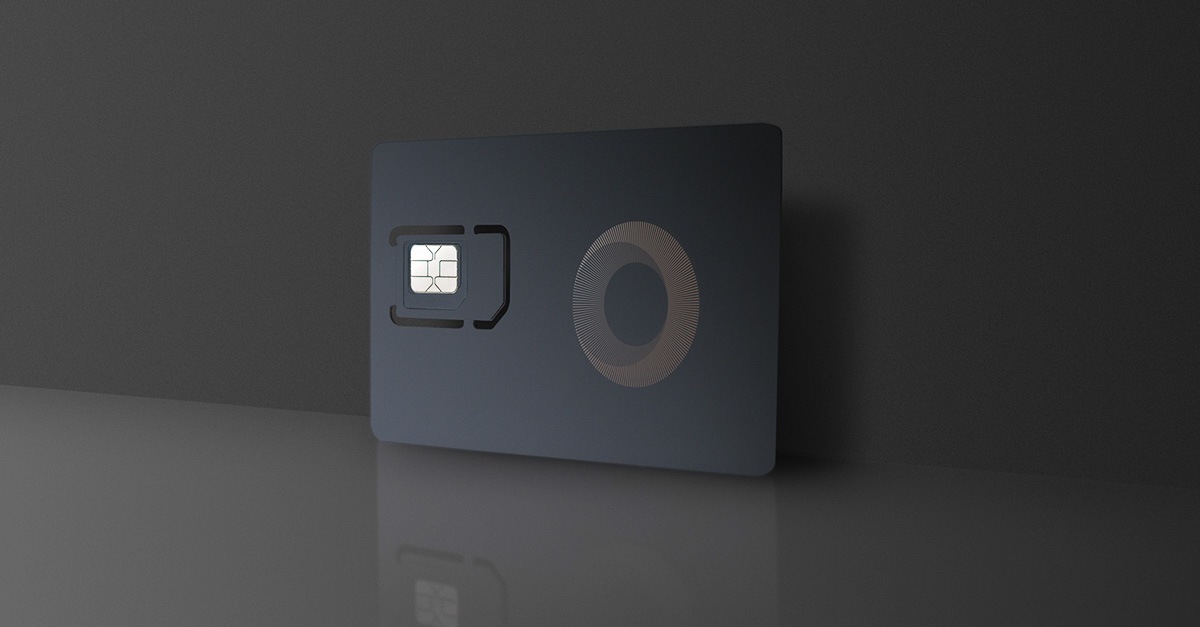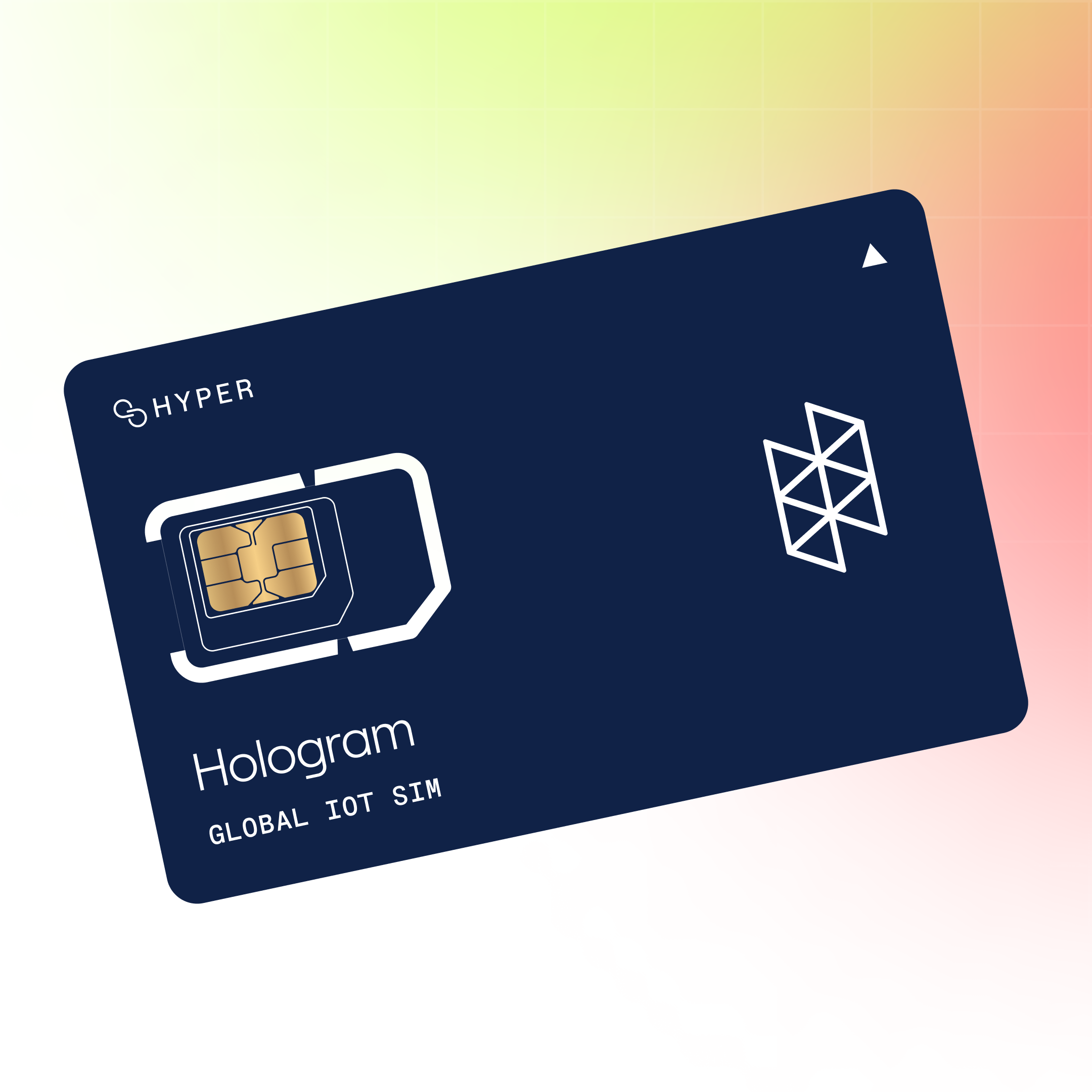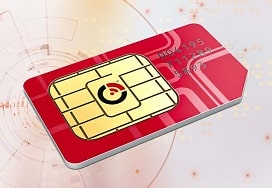Iot Remote Asset Monitoring Solution Basics of IoT Remote Monitoring
The landscape of manufacturing is evolving quickly, driven primarily by technological advancements. Among these developments, IoT connectivity solutions for manufacturing automation stand out as pivotal components reshaping how industries operate. The Internet of Things (IoT) integrates digital and physical worlds, creating a network of interconnected units that communicate seamlessly. This interconnectedness allows manufacturers to optimize their processes and enhance productivity.
Real-time data is a cornerstone of modern manufacturing. Through IoT connectivity solutions, machines and sensors generate information that provide insights into production processes. This immediate access to info empowers manufacturers to make informed choices rapidly. For occasion, if a machine is underperforming, operators can determine the issue and implement corrective actions at once, finally minimizing downtime and enhancing throughput.
Remote Monitoring Package for Remote Machine Monitoring
Predictive maintenance is one other important advantage of IoT connectivity solutions. By continuously monitoring tools efficiency through numerous sensors, producers can anticipate failures before they happen. This proactive method drastically reduces maintenance costs and improves the lifecycle of equipment. Instead of adhering to a reactive maintenance technique, organizations can optimize their maintenance schedules primarily based on precise machine situations.
IoT technology also facilitates better supply chain management. With the mixing of sensors throughout the availability chain, manufacturers achieve enhanced visibility into stock ranges and materials flows. This improved visibility permits businesses to optimize inventory management, ensuring that they have the necessary materials on hand without overstocking. Such efficiency translates to lowered costs and improved service levels, which are crucial for maintaining a aggressive edge.
Role Of Smart Sensors In Iot Protecting IoT Devices through Monitoring
Automation and robotics are increasingly reliant on IoT connectivity solutions. Smart factories combine automated techniques powered by IoT to streamline production processes. Robotics equipped with IoT capabilities can communicate with each other and modify their actions primarily based on real-time information from the environment. This stage of synchronization enables the implementation of adaptive manufacturing methods that reply to fluctuations in demand rapidly and effectively.
Implementing IoT connectivity solutions requires a solid network infrastructure. Manufacturers must put cash into reliable and safe communication networks capable of handling the immense knowledge generated by interconnected gadgets. 5G technology is emerging as an important enabler of IoT connectivity in manufacturing. Its speedy pace and low latency assist the real-time functions that are important for data-driven decision-making.
Role Of Smart Sensors In Iot Implementing Remote Monitoring for IoT Devices
Data analytics performs an important role in harnessing the total potential of IoT connectivity solutions. With a wealth of knowledge generated from related gadgets, manufacturers should make use of superior analytics instruments to extract actionable insights. Machine learning algorithms can determine patterns and anomalies in information that may not be obvious to human analysts. This data-driven method enhances operational effectivity by driving steady improvement throughout manufacturing processes.
Cybersecurity is an important consideration as producers combine IoT options into their operations. The connectivity that IoT brings increases the surface area for potential cyberattacks. Implementing strong security measures to safeguard important manufacturing systems is paramount. This involves making certain that all gadgets are secure, knowledge is encrypted, and steady monitoring for threats is in place.
Remote Monitoring Using Iot Implementing Remote Monitoring for IoT Devices
Worker safety is considerably improved through IoT connectivity solutions. Wearable gadgets outfitted with sensors can monitor the health and security of workers in actual time. These smart wearables can alert personnel to hazardous conditions, making certain well timed intervention. Such measures not only shield staff but additionally contribute to overall productiveness by minimizing the chance of accidents.

The transition to smart manufacturing by way of IoT connectivity options also promotes sustainability. By optimizing processes, producers can significantly reduce waste and energy consumption. IoT devices help monitor useful resource utilization, enabling businesses to identify areas where effectivity could be enhanced. These environmentally pleasant practices not solely profit the planet but also can result in value financial savings over time.
The impact of IoT connectivity solutions on manufacturing extends past the operational realm. They allow enhanced buyer engagement by permitting manufacturers to ship custom-made products and services. Through IoT-enabled gadgets, manufacturers can gather knowledge about customer preferences, leading to the creation of tailor-made offerings that higher meet market demands. This degree of engagement fosters customer loyalty and strengthens model reputation.
Remote Monitoring Using Iot Advantages of Remote Monitoring in IoT

In conclusion, IoT connectivity options for manufacturing automation characterize a transformative force within the trade. By offering real-time insights, predicting equipment failures, improving supply chain Source management, and enhancing employee safety, these options redefine operational effectivity. As producers continue to integrate IoT technologies, the advantages lengthen beyond traditional metrics of productiveness and cost. Embracing these innovations units the groundwork for a extra sustainable and responsive manufacturing environment that is equipped to satisfy the challenges of the longer term.
- Enhanced real-time monitoring by way of IoT sensors permits manufacturers to track machinery performance and operational efficiency.
- Predictive maintenance is facilitated by IoT connectivity, decreasing downtime and lengthening tools lifespan by way of timely interventions.
- Seamless integration of IoT devices across production strains enhances knowledge collection, leading to improved decision-making processes.
- Wireless technologies such as LPWAN enable cost-effective communication over huge manufacturing facilities, minimizing set up complexity.
- Cloud-based IoT platforms provide scalable solutions for data analytics and visualization, empowering producers to identify trends and optimize workflows.
- Enhanced asset monitoring utilizing IoT units ensures higher stock management and lowered losses because of misplacement or theft.
- Industry-specific IoT protocols, like MQTT and CoAP, guarantee environment friendly and safe knowledge transmission tailored to manufacturing wants.
- Advanced cybersecurity measures are essential in IoT ecosystems to guard sensitive operational knowledge from potential threats and breaches.
- Integration of IoT with machine learning algorithms allows for autonomous adjustments and improvements in manufacturing processes based mostly on historical data.
- Collaboration with IoT solution providers enables manufacturers to customise connectivity strategies that handle their unique operational challenges.
What are IoT connectivity solutions for manufacturing automation?
IoT connectivity solutions allow seamless communication between machines, sensors, and devices inside a manufacturing environment, facilitating information change, monitoring, and management to boost operational efficiency and decision-making.
How do IoT connectivity solutions enhance manufacturing processes?
Iot Remote Monitoring Solution IoT Wireless Sensors for Monitoring
These solutions streamline workflows, scale back downtime, and optimize asset utilization by offering real-time information insights, enabling predictive maintenance, and enhancing supply chain visibility.
What forms of IoT connectivity technologies are generally used in manufacturing?
Common technologies embrace Wi-Fi, Zigbee, LoRaWAN, cellular (4G/5G), and Bluetooth. Each know-how provides unique benefits primarily based on vary, information switch velocity, and energy consumption suited to completely different manufacturing wants.
Iot Remote Asset Monitoring Solution Wireless Remote Monitoring for IoT
How secure are IoT connectivity solutions for manufacturing?
Robust security measures, together with encryption, gadget authentication, and network segmentation, are essential to protect manufacturing environments from cyber threats, guaranteeing information integrity and operational continuity.
Can IoT connectivity solutions be integrated with existing manufacturing systems?
- Remote Iot Monitoring Solution
Yes, many IoT solutions are designed for interoperability, permitting integration with legacy methods and gear. This permits producers to boost their capabilities with out changing current infrastructure.
Iot Revolution Technologies Vessel Monitoring Solutions Using IoT

What are the cost implications of implementing IoT connectivity solutions?
Initial setup costs could differ, but long-term savings are sometimes realized through increased effectivity, reduced waste, and improved maintenance methods. A detailed cost-benefit analysis can help decide the monetary influence. Remote Monitoring Solutions.
How can I choose the proper IoT connectivity resolution for my manufacturing facility?
Evaluate elements corresponding to scalability, reliability, ease of integration, and specific use case necessities. Consulting with business consultants and conducting pilot projects might help in figuring out one of the best match for your wants.
Iot Remote Monitoring Solution Understanding IoT Remote Monitoring Systems
What are the challenges in adopting IoT connectivity solutions for manufacturing?
Challenges could embody cybersecurity issues, interoperability points, and the need for employees training. Addressing these obstacles through strategic planning and stakeholder involvement can facilitate profitable adoption.
How does knowledge collected through IoT connectivity affect decision-making in manufacturing?
Real-time knowledge analytics allows producers to make informed choices quickly, optimizing operational processes, bettering check my site high quality control, and enabling proactive administration of resources and potential points.